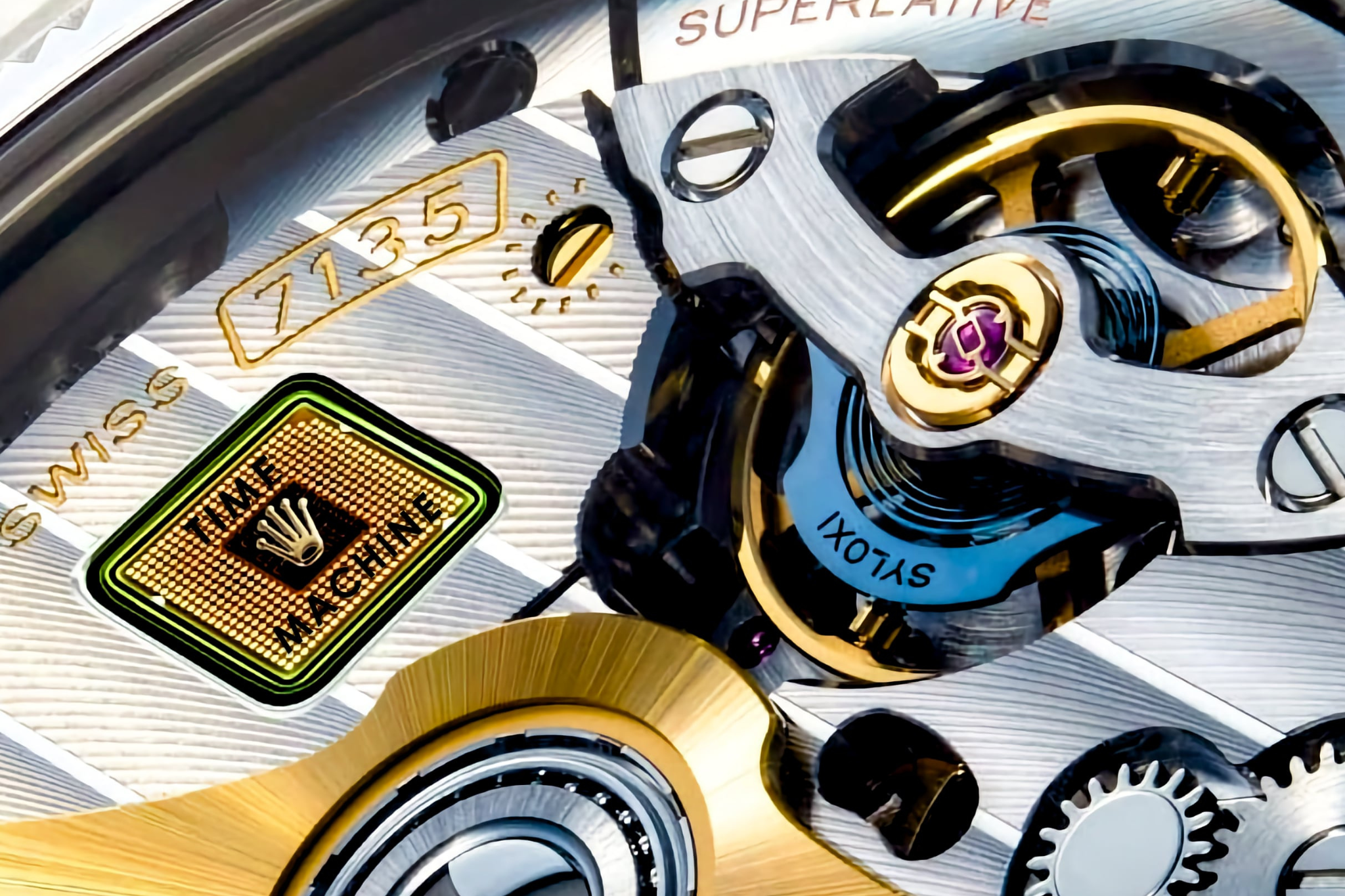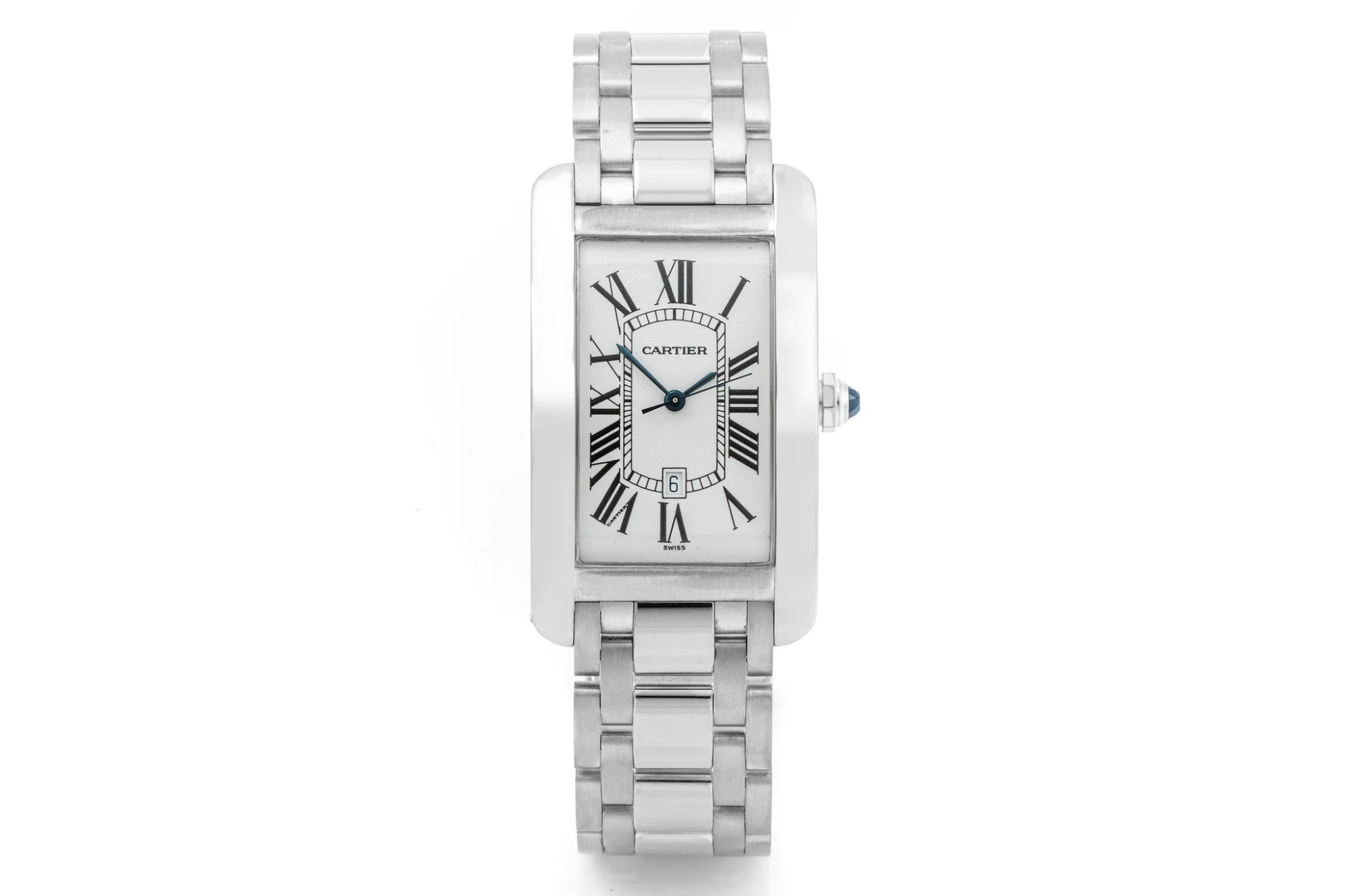Luxury watchmaking is more than craftsmanship; it is a story of innovation, artistry, and relentless pursuit of accuracy. Over the past two centuries, leading watch brands have not only created exquisite timepieces but also transformed the very standards of timekeeping. From mechanical breakthroughs to style revolutions, these pioneers shaped how we measure, value, and wear time today.
For collectors and enthusiasts alike, owning one of these iconic watches is more than a fashion statement - it is holding history on your wrist. To explore authentic models that carry this heritage, start here.
The Birth of Precision Timekeeping
Before wristwatches became status symbols, pocket watches were the hallmark of precision. In the 18th and 19th centuries, European watchmakers sought to perfect portable timepieces, leading to the development of marine chronometers - essential for navigation at sea. This pursuit of accuracy laid the foundation for the luxury watch industry.
As the 20th century began, wristwatches overtook pocket watches, spurred by military necessity in World War I. Soldiers needed reliable, hands-free timepieces, and brands rose to the challenge by crafting durable, precise watches.
Rolex: Redefining Durability and Prestige
No discussion of precision pioneers is complete without Rolex. Founded in 1905, Rolex changed the perception of wristwatches forever.
-
The Oyster Case (1926): The world’s first waterproof case.
-
Perpetual Rotor (1931): Invented the self-winding mechanism, now standard across the industry.
-
Submariner (1953): A dive watch benchmark, tested to 100 meters.
-
Explorer (1953): Built for extreme conditions, famously worn during the ascent of Mount Everest.
Rolex proved that luxury and practicality could coexist, and its models remain global symbols of achievement.
Cartier: Where Jewelry Meets Horology
Cartier, founded in 1847, approached watchmaking from a jeweler’s perspective, introducing artistic flair to timekeeping.
-
Santos de Cartier (1904): One of the first wristwatches, designed for aviator Alberto Santos-Dumont.
-
Tank (1917): Inspired by WWI tanks, it became a fashion and cultural icon.
-
Ballon Bleu (2007): A modern success, merging elegance with innovation.
Cartier’s contribution was redefining watches as objects of style, making them not just instruments but also wearable art.
Omega: Timing the Impossible
Omega’s reputation is built on accuracy and endurance.
-
Olympic Timekeeping (1932): Official timekeeper, cementing its link with precision sports.
-
Speedmaster Moonwatch (1969): The first watch worn on the moon, part of NASA’s Apollo 11 mission.
-
Seamaster (1948): A favorite of divers and James Bond alike.
Omega continues to embody the blend of adventure and scientific reliability, playing a key role in human milestones.
Patek Philippe: The Art of Complications
Founded in 1839, Patek Philippe has long been the pinnacle of haute horlogerie.
-
First Perpetual Calendar Wristwatch (1925): Revolutionized complications in wristwatches.
-
Calatrava (1932): A minimalist dress watch that became timeless.
-
Henry Graves Supercomplication (1933): One of the most complicated mechanical watches ever built, sold at auction for over $24 million.
Patek Philippe proves that precision isn’t only about accuracy but also about mastering mechanical artistry.
Audemars Piguet: Breaking Tradition
Audemars Piguet is best known for redefining luxury sports watches.
-
Royal Oak (1972): Designed by Gérald Genta, it was the first high-end sports watch in stainless steel.
-
Royal Oak Offshore (1993): Brought bold, oversized design to modern watchmaking.
Audemars Piguet reshaped perceptions, showing that watches could be both rugged and luxurious, sparking a new category of high-end sports watches.
Jaeger-LeCoultre: The Watchmaker’s Watchmaker
Jaeger-LeCoultre has supplied movements to countless brands, earning its reputation as the “watchmaker’s watchmaker.”
-
Reverso (1931): Created for polo players, with a reversible case to protect the dial.
-
Atmos Clock: Runs on air pressure changes, showcasing technical ingenuity.
Jaeger-LeCoultre embodies versatility, technical mastery, and understated luxury.
Modern Influence: How These Brands Shape Timekeeping Today
Luxury watch brands have done more than refine mechanics. They shaped cultural attitudes:
-
Symbol of Success: Wearing a Rolex or Cartier Tank signals achievement.
-
Cultural Icons: Watches like the Omega Speedmaster or Audemars Piguet Royal Oak are tied to historical milestones and celebrities.
-
Investment Assets: With the rise of pre-owned markets, watches now function as financial assets.
Why Pre-Owned Luxury Watches Are Smart in 2025
Modern collectors increasingly turn to certified pre-owned markets to access these pioneering models. The benefits include:
-
Better Value: Pre-owned offers entry at lower prices.
-
Access to Discontinued Models: Vintage and rare editions are often only available pre-owned.
-
Verified Authenticity: Certified programs provide guarantees against counterfeits.
-
Strong Resale Value: Iconic models like the Rolex Submariner or Cartier Tank retain and often increase in value.
Final Thoughts
The legacy of precision in watchmaking is carried by pioneers who dared to push boundaries. From Rolex conquering Everest and ocean depths to Cartier shaping watch design, Omega timing the Olympics and space missions, and Patek Philippe redefining complications, these brands shaped the modern definition of time.
For collectors and enthusiasts, exploring their timepieces in the certified pre-owned market is the best way to experience this heritage. Each watch is not just a tool for telling time - it is a piece of history, precision, and culture worn on the wrist.







